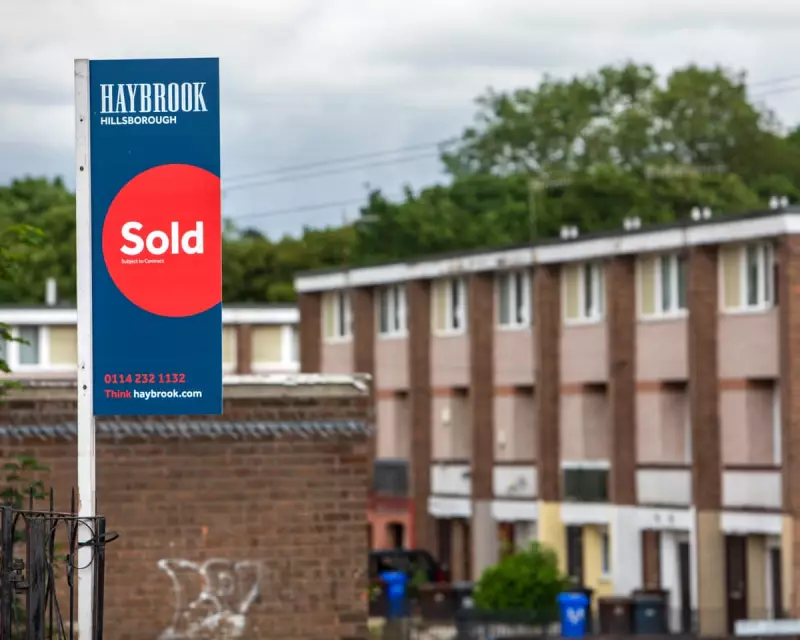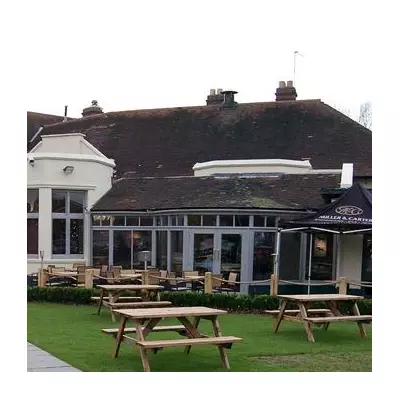
A damning report by the Common Wealth thinktank has exposed the true cost of England's Right to Buy policy, revealing how it has fuelled the housing crisis while burdening taxpayers with a staggering £45bn bill.
The High Price of Homeownership
Introduced by Margaret Thatcher's government in 1980, the Right to Buy scheme allowed council tenants to purchase their homes at significant discounts. While initially popular, the policy has had devastating long-term consequences for housing affordability and availability.
Key Findings:
- Over 2.2 million council homes sold since 1980
- Only 4.1% replaced through new social housing construction
- £45bn cumulative cost to taxpayers
- Private landlords now own 40% of ex-council properties
A Broken System
The report highlights how the policy created a perfect storm: reducing social housing stock while failing to ensure replacement homes were built. Many properties sold under the scheme eventually ended up in the hands of private landlords, often being rented back to councils at inflated rates.
'Right to Buy has become a wealth transfer mechanism from the public to private sector,' states the report, noting how the policy has contributed to soaring housing benefit costs.
The Ripple Effects
The housing shortage has forced many families into expensive private rentals or temporary accommodation, with councils spending £1.7bn annually on emergency housing. Meanwhile, younger generations face increasingly unaffordable homeownership prospects.
Policy Recommendations:
- Immediate suspension of Right to Buy in high-pressure areas
- Massive reinvestment in social housing construction
- Stronger regulations on property resales
- Increased powers for local authorities to manage housing stock
As England grapples with its worsening housing crisis, this report provides compelling evidence that fundamental policy changes are urgently needed to address decades of failed housing strategy.





